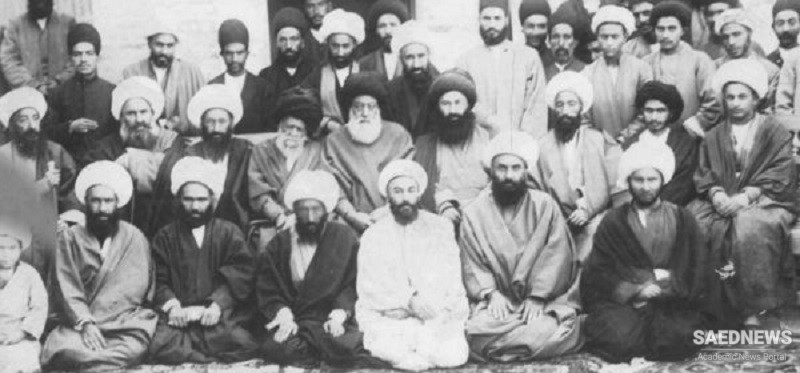Central to the embedding of religious elements in Iranian cultures and communities were exchanges of goods and services between religious specialists and others in those communities. At the core of relationships between the ‘ulama (the learned men of religion) and other Shi’a Muslims were payments made by village, merchant or artisan groups to such men. By the nineteenth century, Shi’a ‘ulama had established rights to receive the zakat and the khums. The former was a ‘poor-rate’ levied on believers for charitable purposes, and the latter the ‘fifth’ levied for the support of the prophet Muhammad’s descendants and needy persons, half of which the Shi’a saw as the ‘Imam’s share’ – the ‘inheritance’ of ‘Ali, the first Shi’a leader, and his successors from ‘Ali’s uncle and father-in-law Muhammad. These dues were paid to the mujtaheds, those ‘ulama whose learning, reputation, expertise and piety gained them the right to issue judgments and interpretations that were authoritative for their followers. They supported religious institutions and specialists (schools, madrasehs [seminaries], tullab [religious students], prayer leaders and lesser ‘ulama and the entourages of leading ‘ulama), and gifts to the sick and poor. Since they were voluntary and based on the ability of the ‘ulama to convince believers to continue payment, it linked ‘ulama closely to the communities from which they drew funds and to whom they provided services.


 Muslim Clergy and Evolution of Modern Culture in Persia
Muslim Clergy and Evolution of Modern Culture in Persia














































